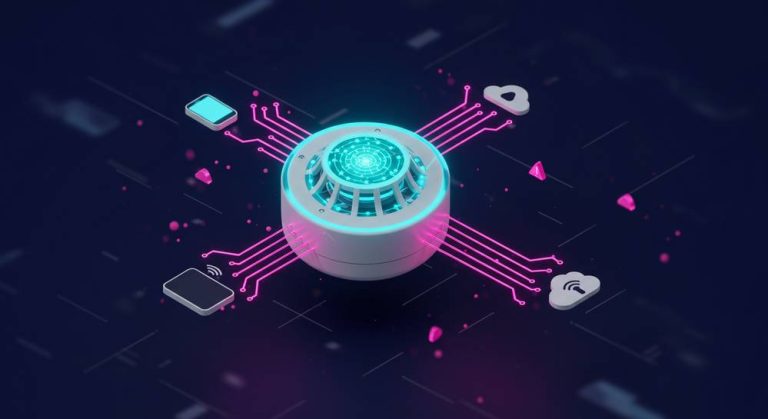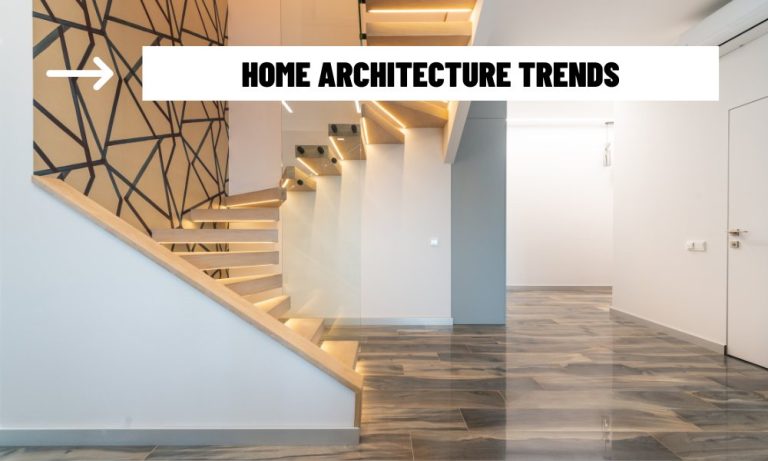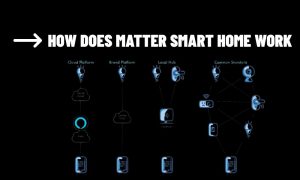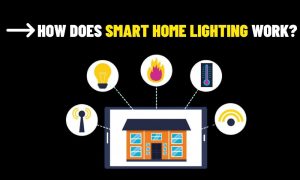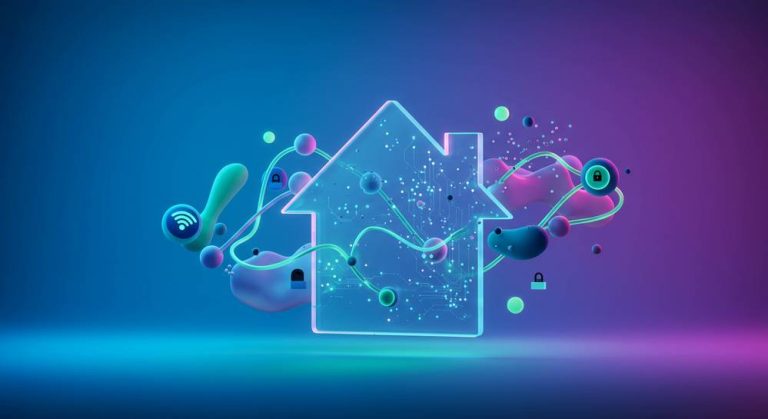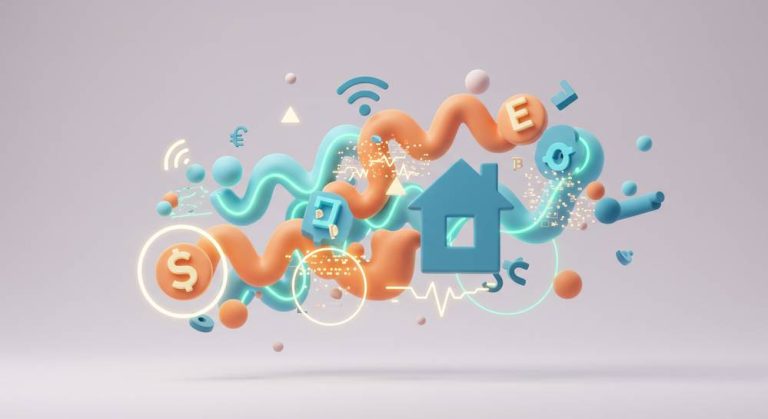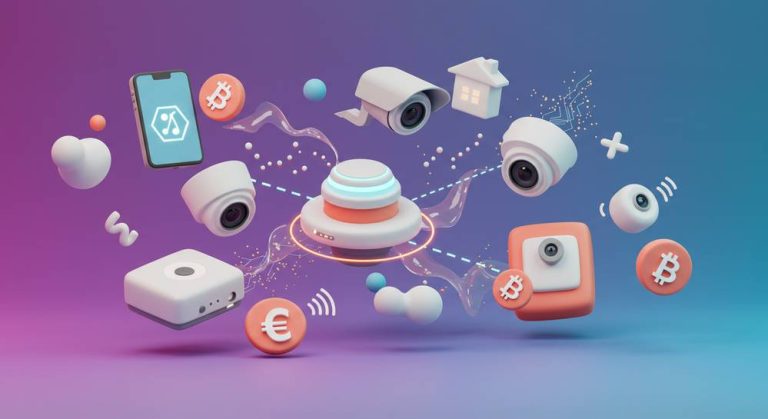The idea of controlling your home with a few taps on a screen or through voice commands is no longer novel. Smart home automation is transforming how people interact with their living spaces. But beneath the sleek interface and voice-activated devices lies a complex ecosystem of technologies working together. To understand how smart home automation works, it helps to look at how these technologies combine to make homes not just connected, but intelligent.
How Smart Home Automation Works
A Network of Smart Devices
Every smart home starts with smart devices—products designed to gather information or perform actions automatically. These devices can be anything from motion sensors to lighting systems, thermostats, cameras, or door locks. What makes them “smart” is their ability to communicate with each other and with a central controller.
This communication often happens over wireless networks. Depending on the device and the ecosystem, technologies such as Wi-Fi, Zigbee, Thread, or Bluetooth are used. Devices often form a web of connectivity, exchanging data and commands without needing direct user input for every task.
Orchestration Through Automation
What differentiates automation from simple remote control is its ability to take actions based on triggers, conditions, or learned patterns. A smart light bulb that turns on when you tap an app is convenient—but a light that automatically turns on when you enter the room and off when you leave is an example of true automation.
At the core of this behavior is a rule engine—software that allows users to define “if-this-then-that” logic. Triggers can be based on time, location, sensor data, or interactions between devices. For example, you could create a rule where if a window sensor detects that a window is open, the HVAC system temporarily shuts off to save energy.
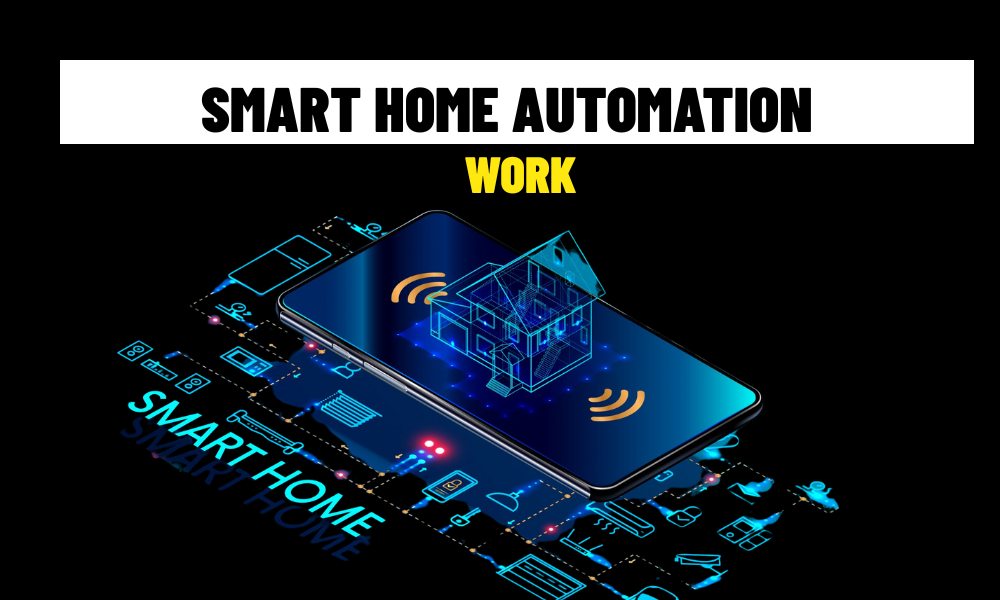
Learning From Behavior
Some smart home systems go a step further by incorporating machine learning algorithms. These systems monitor how the user interacts with the environment and use that data to make better decisions. A smart lighting system might notice that you prefer dimmer lights in the evening and start adjusting automatically. Similarly, a home security system can distinguish between normal patterns and unusual activity over time.
This adaptability makes the home not only responsive but also proactive, anticipating your needs rather than simply responding to commands.
Balancing Cloud and Local Intelligence
While many automations are executed through cloud services—which provide broad compatibility and remote access—there’s a growing push toward local processing. Local automation ensures that essential functions continue even during internet outages. This approach also reduces dependency on external servers, improving response times and data privacy.
Most modern platforms combine local and cloud-based capabilities. This hybrid model allows homeowners to retain fast performance while still accessing rich cloud services like voice control, app integrations, and software updates.
Everyday Interactions Made Seamless
What makes smart home automation effective is its invisibility. Ideally, the technology fades into the background, only noticeable when it makes your life easier. Whether it’s your morning routine gradually unfolding—lights turning on, coffee brewing, thermostat adjusting—or your home locking itself up at night based on your habits, the system should feel less like a gadget and more like a part of the home’s natural flow.
As more devices become compatible and smarter protocols like Matter take hold, achieving this level of harmony is becoming easier for everyday consumers.
Conclusion
The question of how smart home automation works has a surprisingly simple answer: through integration, communication, and intelligent design. Though the backend involves advanced networking, software logic, and AI, the user experience remains focused on ease and comfort. In a truly smart home, the best automation is the one you never have to think about—it just works.


